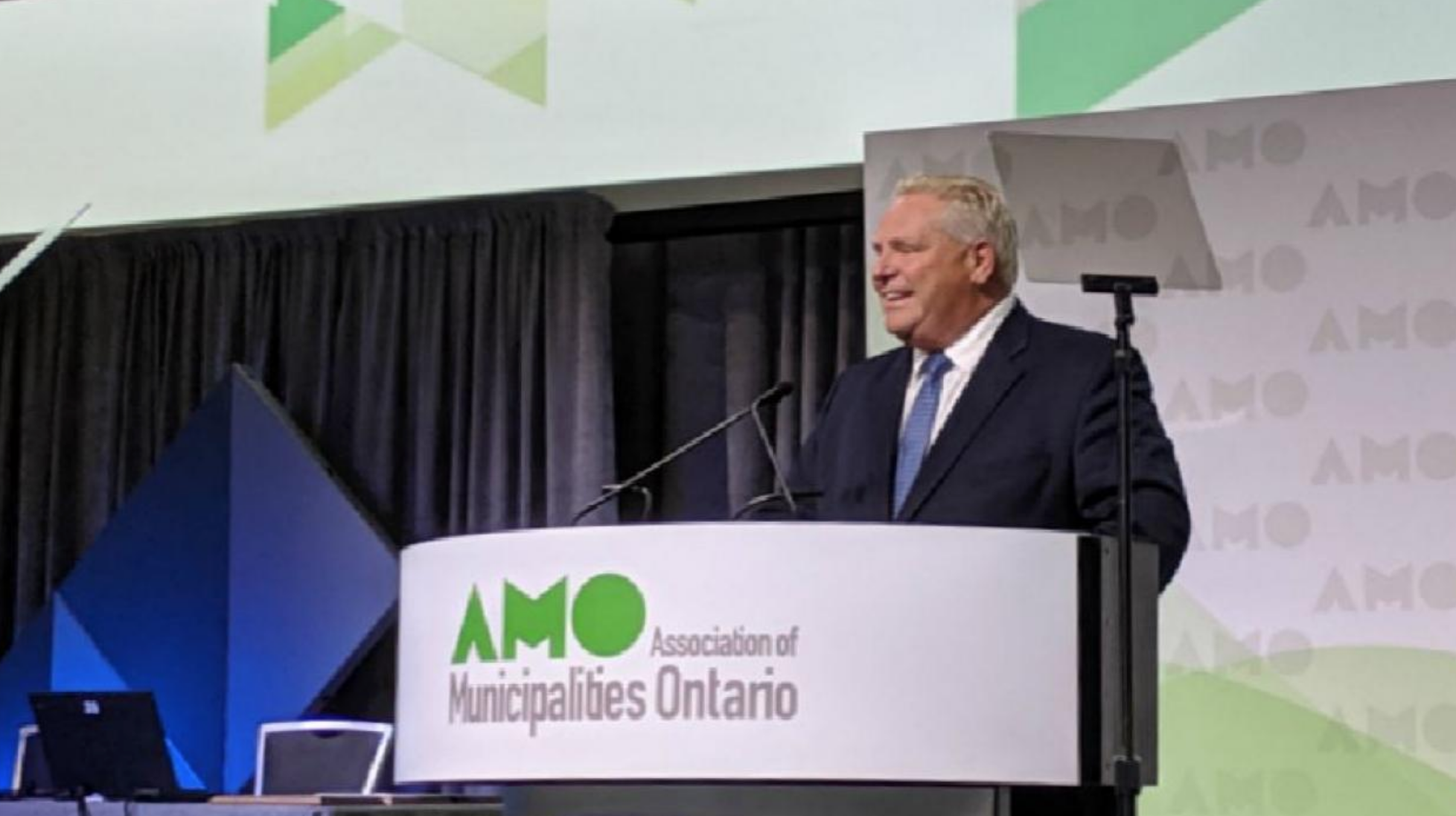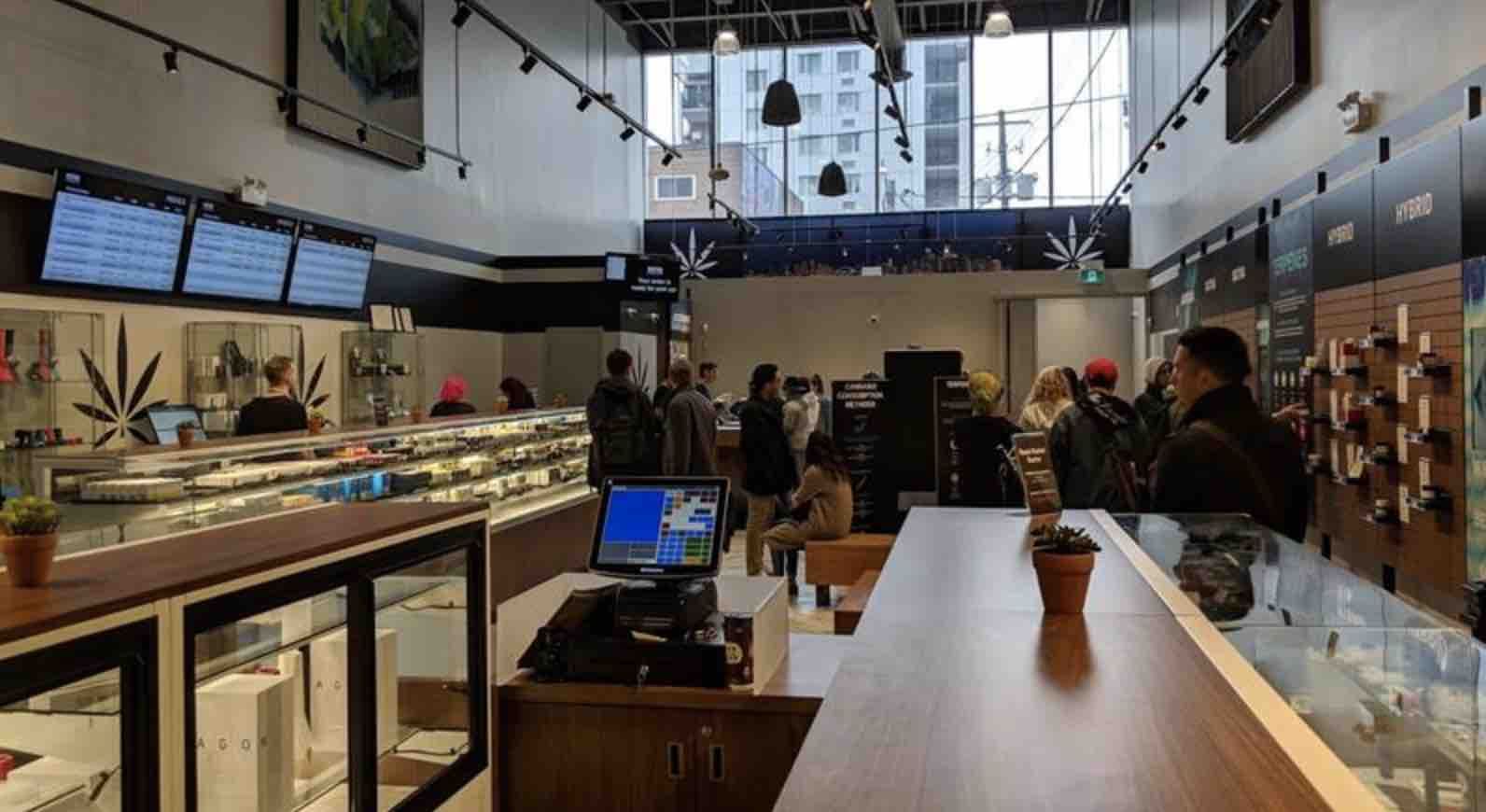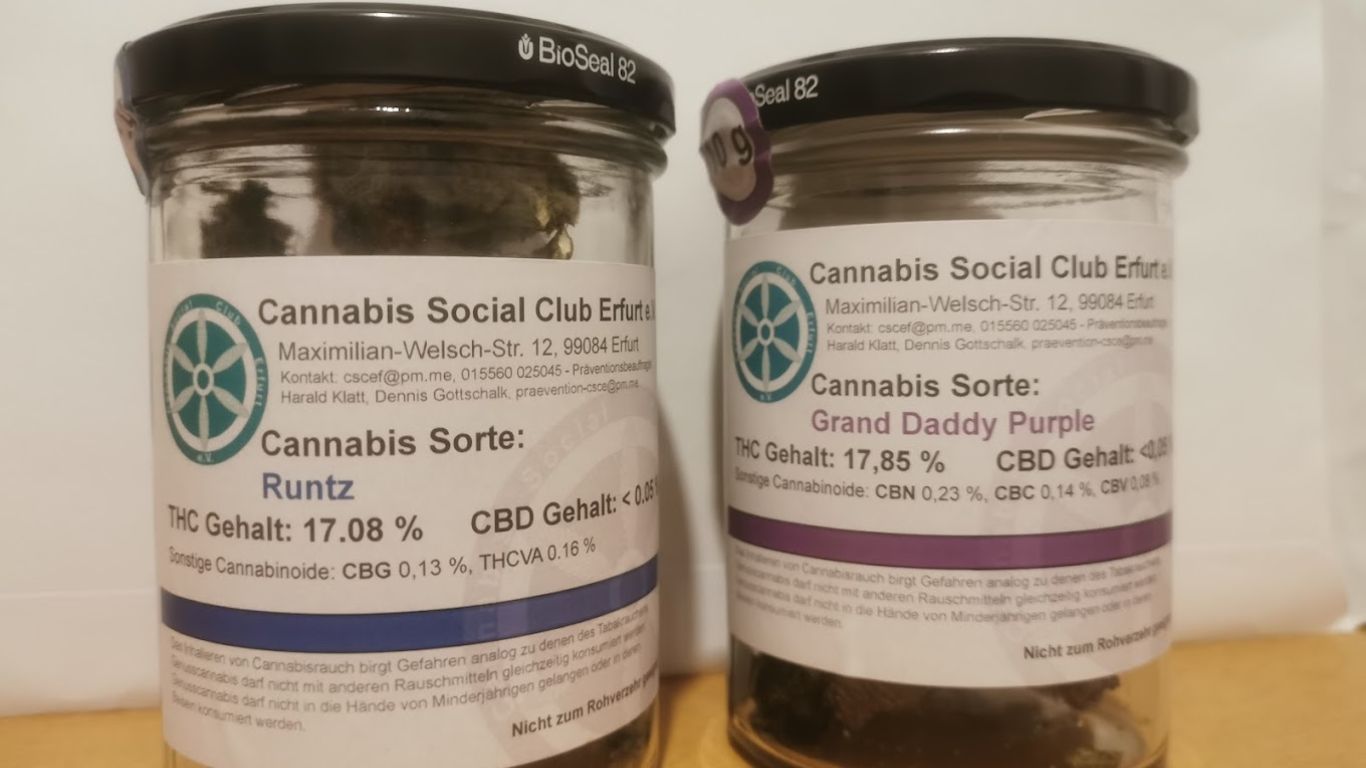
The Association of Municipalities Ontario says they are continuing to call on the provincial government to renew an agreement to provide cannabis tax revenues to municipalities.
In a press release from early August, the AMO says they are calling on the provincial government to renew Ontario’s cannabis excise tax funding arrangement in order to better recognize municipal government and community needs. The municipal organization also expresses concern for multiple medical cannabis grow authorizations operating in one location. The AMO represents almost all of Ontario’s 444 municipal governments.
The Ontario Cannabis Legalization Implementation Fund (OCLIF), announced in 2018, provided Ontario municipalities with $40 million in payments to help with the local implementation and enforcement costs of recreational cannabis legalization. This deal was originally created by the previous Wynne government and was honoured by the new Ford government.
The Ontario government had also said that if their portion of the federal excise duty on recreational cannabis over the first two years of legalization exceeds $100 million, the province would provide 50% of the surplus only to municipalities that did not opt-out of hosting private retail stores as of January 22, 2019. Only about 70 of the province’s 444 municipalities opted out of allowing retail cannabis stores.
Ontario’s current 2019-2020 budget plan predicts $70 million from their portion of the Federal Cannabis Excise Duty. Projected tax revenue for alcohol is $594 million and $1.205 trillion for tobacco products. Income from the Ontario cannabis store for 2019-2020 is projected as $10 million.
Those that are hosting large producers for the most part are pleased with the economic development and the amount of jobs that have been created, but they’re also sorting out the externalities like odour and light pollution, usually quite effectively with those producers. But that’s the way any growing industry is. I don’t think there’s been a massive negative reaction.
Craig reid, association of ontario municipalities
Craig Reid, a Senior Advisor with the AMO, says that although Ontario has not released their recent budget figures, he suspects the slow uptick in retailer licences in the province means Ontario likely didn’t surpass the $100 million figure.
“We don’t think that happened,” says Reid. “Part of that was just the way the market evolved in Ontario, but because there’s been no budget this year we don’t know for sure, but I’m pretty certain that it hasn’t happened. We were talking about 24 shops and the Ontario Cannabis Store for most of that time, so it’s pretty difficult for them to exceed that much revenue given that.”
Municipalities bear the brunt of managing cannabis legalization, says Reid, and the AMO just wants to ensure that those concerns are represented and communicated to the provincial government. Cities and towns have to deal with new bylaws for retail, production, even public consumption, in addition to new enforcement efforts and the ongoing challenge of handling personal and designated medical grows.
The challenge some regions of Ontario face, especially the Niagara and south western part of the province, when handling personal and designated medical grows, is well documented, with municipalities and law enforcement often frustrated with their perceived lack of enforcement opportunities for those diverting their product into the black market or growing beyond their prescribed limit, or ignoring local odour or light bylaws.
Recently, the federal representative for the riding of Haldimand-Norfolk in southern Ontario asked the Federal Minister of Health what the federal government is doing to address personal and designated medical growers operating outside the boundaries of their medical designations.
Said Finley in the House: “Currently, a loophole in the federal medical marijuana regulations is allowing large-scale grow ops to emerge without any of the protocols to which the regular licensed marijuana producers are subject to. Area residents are forced to deal with light pollution, an overwhelming smell and safety risks. We also have reports that these operations are fuelling the black market. Will the minister please tell us what steps she is taking to close this loophole?”
“A lot of the concern is around,” says Reid, “- again anecdotally – those medical grows, those designated grows, there’s some concern that maybe some of that supply is slipping into the illegal market.”
The challenge for these communities, he says, is balancing the interests of those following the law to produce their own cannabis, with community concerns around those potentially abusing that law for their own illicit profits.
“The other thing is because those grows are rightly protected, Constitutionally, municipalities don’t know where they are so they kind of stumble upon them as does law enforcement, based on concerns or an incident like fire or odour or something like that. They then need to sort out if it’s legitimate, is it a law enforcement issue, is it a bylaw issue, and what are the levels for that. And I think that is adding a level of complexity that requires a level of knowledge and resources.”
Reid says the upcoming annual AMO conference from August 17-19 will likely be more focussed on the concerns around the global pandemic than these issues with cannabis, but it is an ongoing conversation they will be having with the province.
He also points out that, despite added costs and logistics, many regions of Ontario are happy to host members of the legal cannabis industry, from production to retail.
“Those that are hosting large producers for the most part are pleased with the economic development and the amount of jobs that have been created, but they’re also sorting out the externalities like odour and light pollution, usually quite effectively with those producers. But that’s the way any growing industry is. I don’t think there’s been a massive negative reaction. But it varies.”











